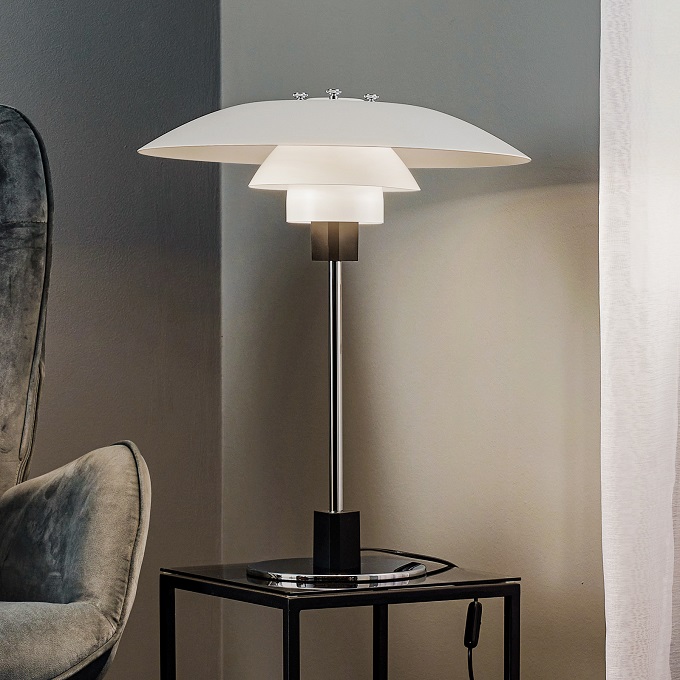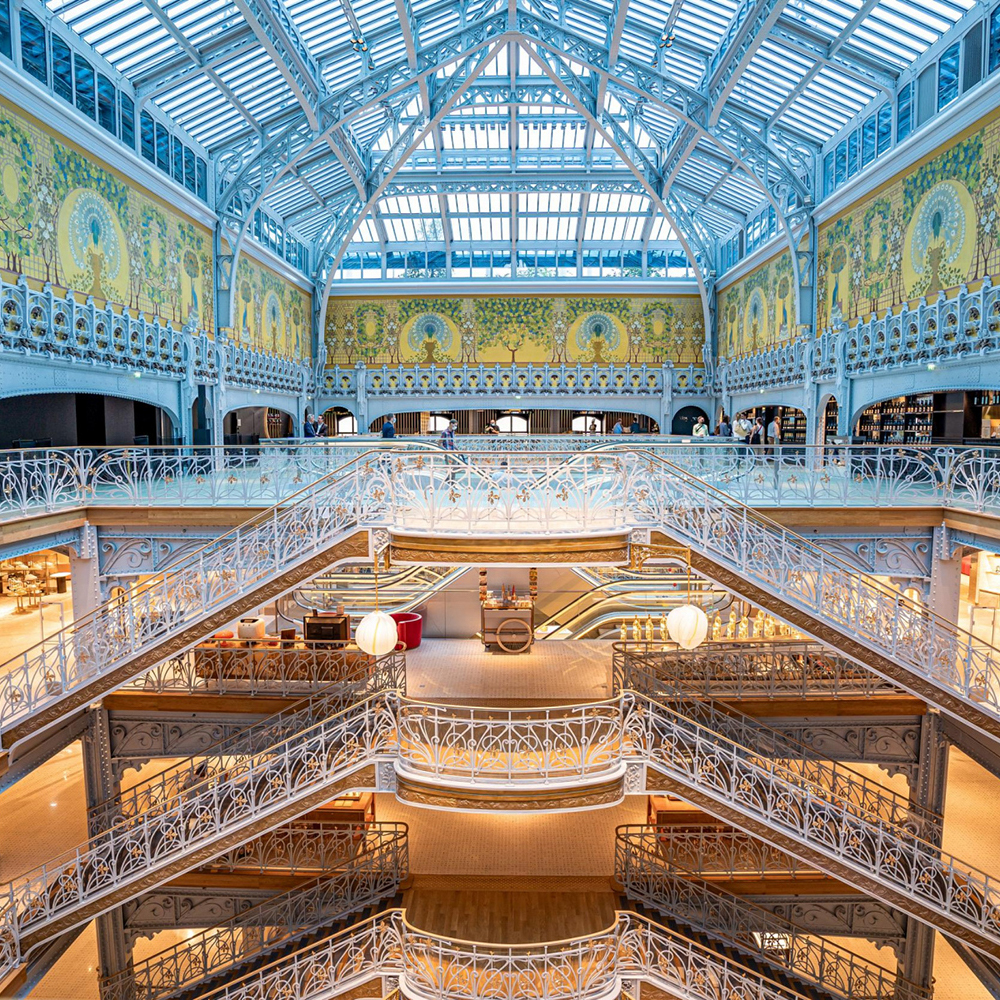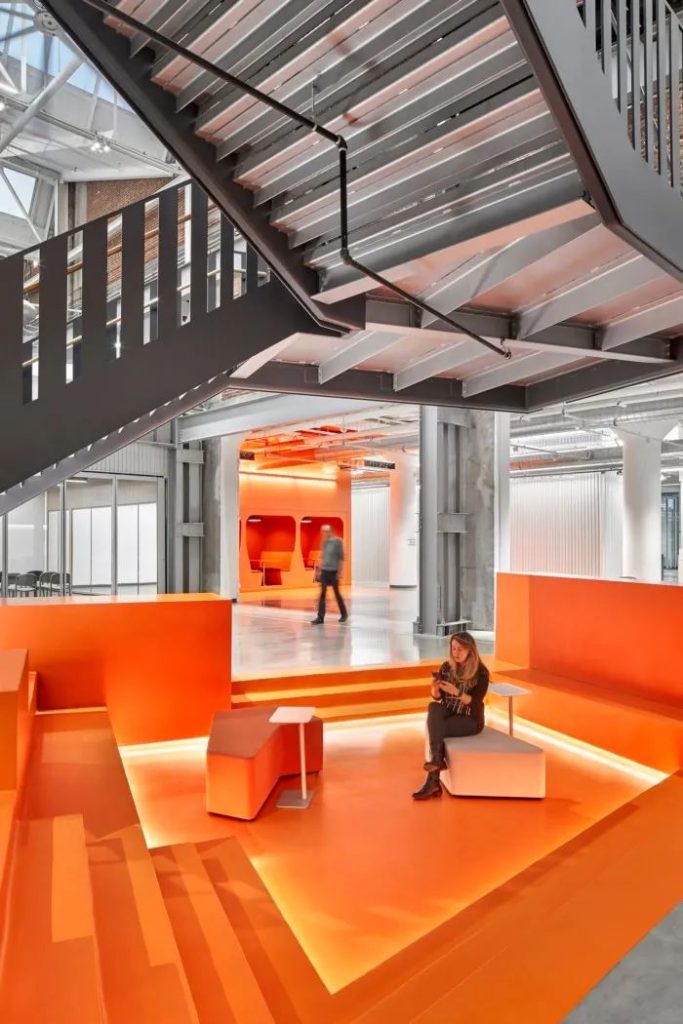Introduction
Lighting has come a long way over the centuries since the invention of the first light bulb. Today, new lighting innovations are changing the way we light up our homes, offices, and public spaces. These innovations are not only energy-efficient and cost-effective, but they are also changing the very nature of how we think about light. In this article, we will explore some of the latest lighting innovations and what they may mean for the future of lighting.
The Rise of LED Lighting
One of the most significant lighting innovations in recent years has been the rise of LED (light-emitting diode) lighting. LED technology has revolutionized the entire lighting industry, from residential lighting to commercial and industrial lighting. Unlike traditional incandescent bulbs, which emit light through a filament that heats up, LEDs generate light through a semiconductor. This means that LEDs require less electricity to produce the same amount of light as traditional bulbs, making them far more energy-efficient.
Benefits of LED Lighting
LED lighting has several benefits that make it an excellent choice for energy-efficient lighting solutions. Firstly, LEDs are incredibly long-lasting, potentially lasting up to 100,000 hours, which is about ten times longer than traditional bulbs. They’re also much more energy-efficient since they consume only a fraction of the power of traditional bulbs. Finally, they emit very little heat, making them a safer alternative and reducing energy waste.
Applications of LED Lighting
LED lighting is being used in a wide range of applications. In residential settings, LEDs are being used as task lighting, ambient lighting, and decorative lighting. They’re also being used in commercial spaces, industrial settings, and public spaces such as streetlights and traffic lights. LEDs are also being used in automotive lighting, signs, and displays.
Smart and Connected Lighting
Another significant trend in lighting innovation is the rise of smart and connected lighting. This includes lighting fixtures that are connected to the internet and can be controlled remotely using a mobile device or app. Smart lighting can be programmed to adjust for occupancy, time of day, and even the user’s mood or preference. This type of lighting innovation can save energy, eliminate the need for manual light switch operation and create an entirely new level of convenience for users.
The Benefits of Smart and Connected Lighting
Smart and connected lighting has several benefits. First, it can be customized to the user’s preferences, allowing them to set the lighting to any color or brightness level they desire. These systems can also be controlled remotely, making it easy to turn the lights on before arriving home or turn them off when leaving the house. Finally, smart lighting can be programmed to minimize energy use, reducing costs and environmental impact.
Applications of Smart and Connected Lighting
Smart and connected lighting is being used in a wide range of applications. In homes, it’s being used to create customized lighting that can enhance homeowner’s lifestyles. In commercial settings, smart lighting can create a more inviting and comfortable experience for customers. Smart lighting is also being used in public spaces, such as parking lots, to enhance safety and security.
The Future of Lighting Innovations
The future of lighting innovations is exciting, with new technologies and applications emerging regularly. One of the most promising areas of innovation is in the creation of light that mimics natural daylight. This type of lighting can provide numerous health and wellness benefits, supporting the body’s circadian rhythm and improving our overall well-being.
The Impact of Lighting on Health and Well-being
Research has shown that lighting can have a tremendous impact on health and well-being, affecting everything from mood to sleep quality. Natural daylight provides the most excellent source of light for the body, and innovations in lighting are now replicating this natural light indoors. This type of lighting can improve cognitive function, reduce the risk of depression, and even help to alleviate symptoms of Seasonal Affective Disorder (SAD).
The Future of Lighting Technology
In the coming years, we can expect to see even more lighting innovations emerge. These may include technologies such as OLED (organic light-emitting diodes), which produce diffuse light, as well as advanced lighting controls that allow for even greater customization and energy efficiency. As the demand for energy-efficient lighting solutions continues to grow, we can expect to see new technologies and applications emerge that will redefine the future of lighting.
Conclusion
New lighting innovations are changing the way we light up our homes and workplaces, as well as public spaces. From the rise of LED lighting to the emergence of smart and connected systems, to the growing demand for lighting technology that supports natural health and wellness, the future of lighting looks bright. As we continue to explore new lighting solutions and technologies, we can expect to see even more exciting innovations emerge, improving our lives and our world in countless ways.
















